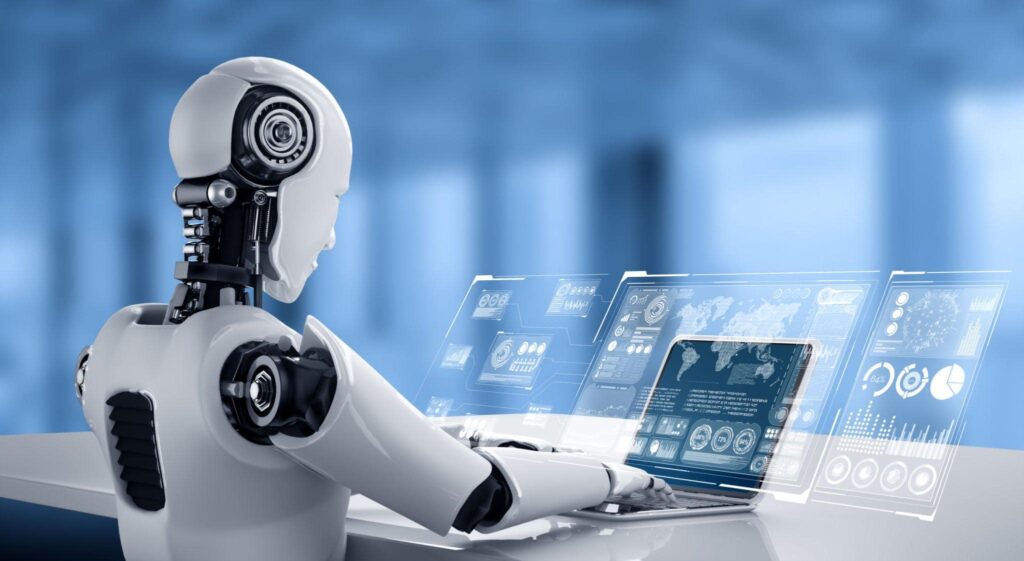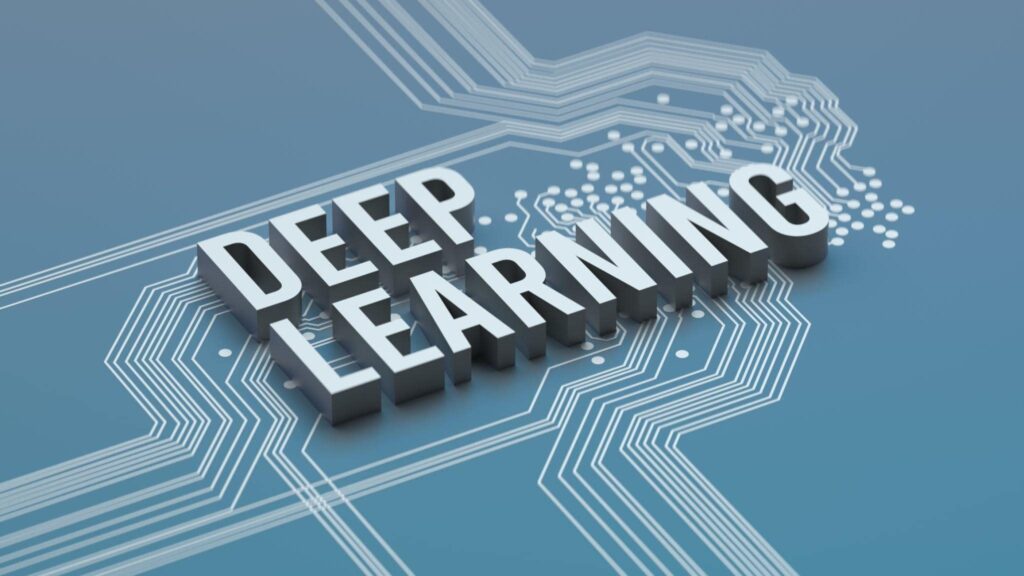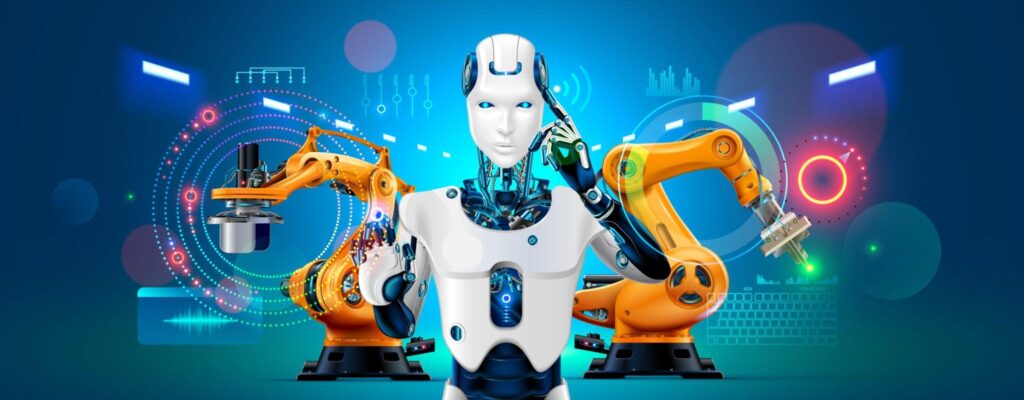AI/ML Solutions
Machine Learning
Machine Learning (ML) is a branch of artificial intelligence that empowers computers to learn from data and make predictions or take action without explicit programming. It uses algorithms and statistical models to analyse and find patterns in data, enabling automated decision-making and improving accuracy in various tasks. ML is applied in numerous domains, including image recognition, language processing, and predictive analytics, driving advancements in technology and transforming industries.


Natural Language Processing
Natural Language Processing (NLP) is a field of artificial intelligence that focuses on the interaction between computers and human language. It involves the development of algorithms and models that enable computers to understand, interpret, and generate human language. NLP enables applications such as language translation, sentiment analysis, chatbots, and voice assistants, enhancing communication and enabling more intuitive human-computer interactions.
Deep Learning
Deep Learning is a subfield of machine learning that trains artificial neural networks to make accurate predictions from complex data. It mimics the human brain, enabling computers to learn hierarchical representations of data. Deep learning is used in applications such as image recognition, speech processing, and autonomous vehicles, advancing artificial intelligence and revolutionizing pattern recognition tasks


Robotics Process Automation
Robotic Process Automation (RPA) is a technology that uses software robots or “bots” to automate repetitive and rule-based tasks within business processes. RPA bots mimic human interactions with digital systems, such as data entry, form filling, and data extraction, reducing manual effort and improving efficiency. RPA enables organizations to streamline operations, increase accuracy, and allocate human resources to more value-added activities.
Cognitive Computation
Cognitive Computation involves developing computer systems that mimic human cognitive abilities, such as learning, reasoning, and problem-solving. It combines artificial intelligence, machine learning, and natural language processing to enable computers to understand and process information in a human-like manner. Cognitive computation aims to enhance the capabilities of computers to perform complex tasks, make intelligent decisions, and interact with users in a more intuitive and intelligent way


Intelligent Virtual Assistant
Intelligent Virtual Assistants use AI and natural language processing to provide interactive assistance, performing tasks, answering questions, and offering recommendations. They simulate human-like conversations and are widely used I n customer service, virtual agents, and smart home applications.
Predictive Maintenance
Predictive Maintenance involves using data analysis and machine learning techniques to predict and prevent equipment or machinery failures before they occur. By monitoring and analysing real-time data from sensors and other sources, predictive maintenance systems can detect patterns and indicators of potential failures, allowing for timely maintenance and reducing downtime. This proactive approach helps optimize maintenance schedules, reduce costs, and improve the overall reliability and efficiency of equipment.

